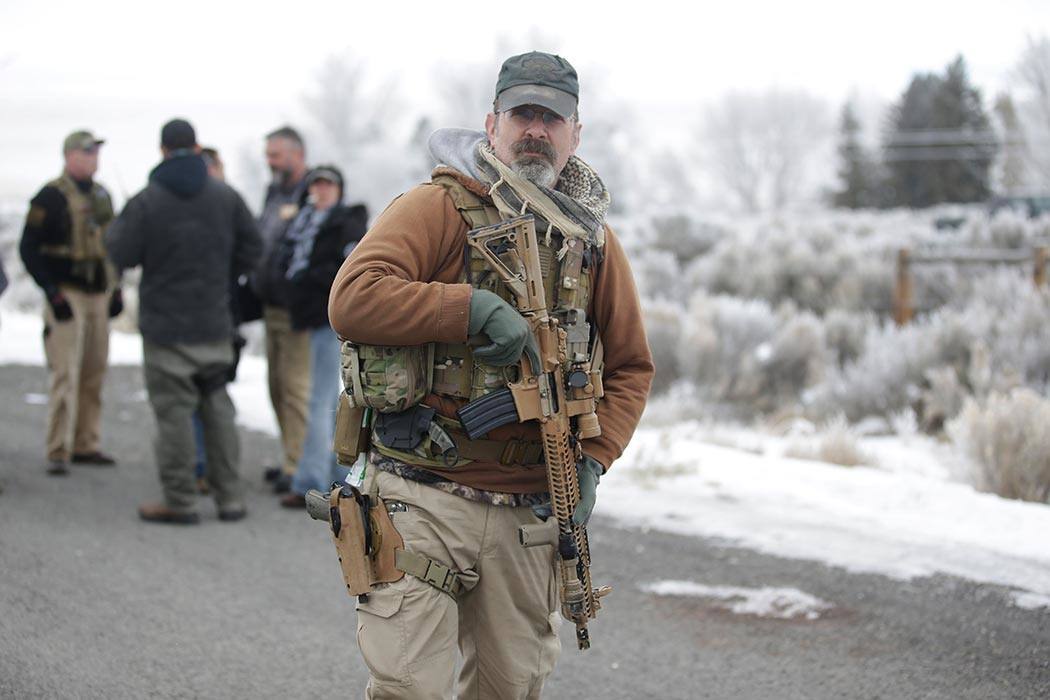The 2nd Amendment’s “well regulated militia” clause is receiving renewed attention because of the self-styled “militia” that began occupying a National Wildlife Refugee in Oregon on January 2nd. But just what is a “well regulated militia,” anyway?
We must answer the question by understanding the historical circumstances under which it was written. The men who wrote the U.S. Constitution and its amended Bill of Rights were steeped in the politics and controversies of their time. The document they bequeathed to us very much remains a product of the 18th century. As more than two centuries of debate and the Supreme Court decisions can attest, the interpretations of the 2nd amendment have created quite a few problems.
Not to mention grist for the mills of historians.
In a deep exploration of the vital politics that shaped one of the most contentious parts of the Bill of Rights, Lawrence Delbert Cress looked into “the ideological foundations of the American militia mobilization between the autumn of 1774 and the reorganization of the Continental army” in the months after the Declaration of Independence.
While the republican mistrust of standing armies has its roots in ancient Rome, Cress was most concerned with its English antecedents. The politics of the Civil War, the Restoration, the Glorious Revolution, and the Magna Carta were the patrimony of the English colonialists. They took seriously the warnings by radical Whigs of the threat a professional military posed.
To the radical Whigs, an army represented monarchy. An armed citizenry—with obligatory military service for every property-holding citizen—was better for a parliamentary republic. Above all, military power should not be used to enforce civil law; indeed, a militia was seen as the best safeguard of English civil liberties. The actions of the British military in the colonies on the eve of revolution very much seemed to prove their point.
But when it came to the actual American Revolution, militias proved inadequate against the experienced British military and German mercenaries. The skirmishes at Lexington and Concord aside, it was the Continental Army—with the assistance of French troops and the guidance of European professionals like Lafayette, Kościuszko, and von Steuben—that won the war.
Of course, after the war, the question of what to do about a military remained. There was no money to fund one. Veterans, too, were left without support, and one of them, Daniel Shays, led a rebellion against the state of Massachusetts in 1786-87. Shays’ Rebellion, as it came to be known, challenged the Articles of Confederation, the country’s first constitution, and led directly to the Constitutional Convention of 1787. Republican fear of an undemocratic military resulted in the inclusion of the 2nd Amendment. They probably did not think we would be still arguing about it to this day.







